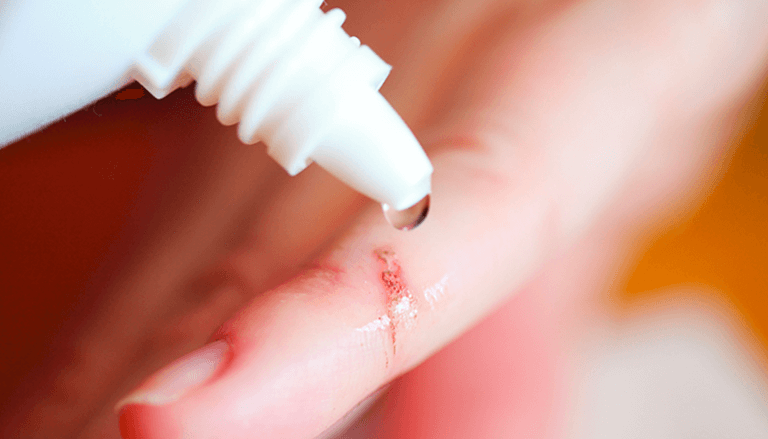2-Propanol (also known as isopropyl alcohol or IPA) is one of the most common solvents in the world, with over 2 million tons produced in 2003 (Sciencing, 2017). The IPA market is expected to reach $6 billion/year or more by 2024 (Isopropyl Alcohol Market, Consumption, Forecast, and Global Analysis: By Regions and Applications, 2018).
A large majority of the IPA produced in the USA is made by indirect hydration of propene and sulfuric acid, since this process requires lower quality propene compared to other production methods.
The production of IPA through the indirect hydration process involves the reaction between propylene and sulfuric acid, followed by hydrolysis (NCBI, 2012). IPA forms an 87 wt.% azeotrope with water, and has a boiling point of around 80 °C, which prevents it from being distilled to pure IPA without adding a ternary component, such as diisopropyl ether or cyclohexane.






